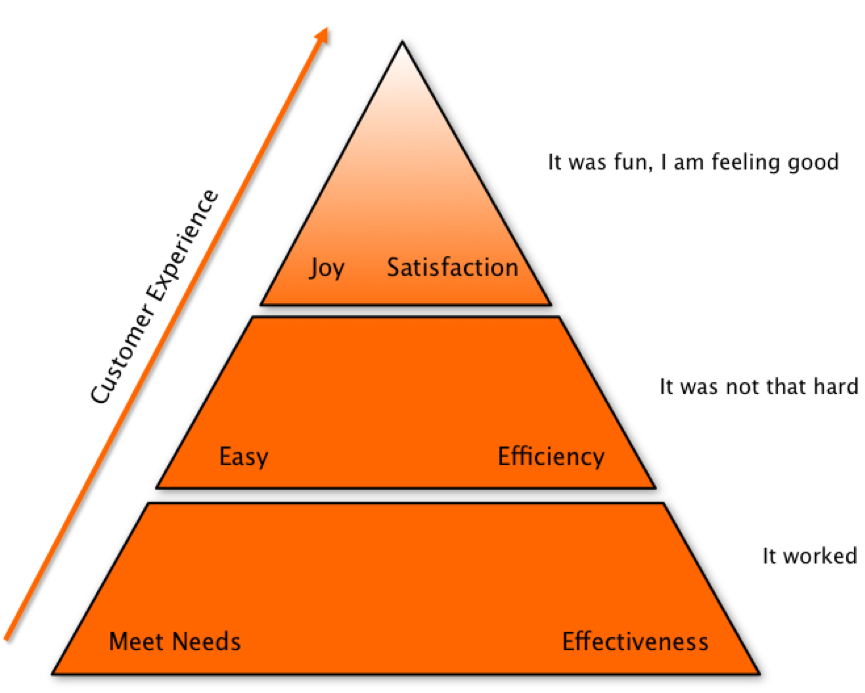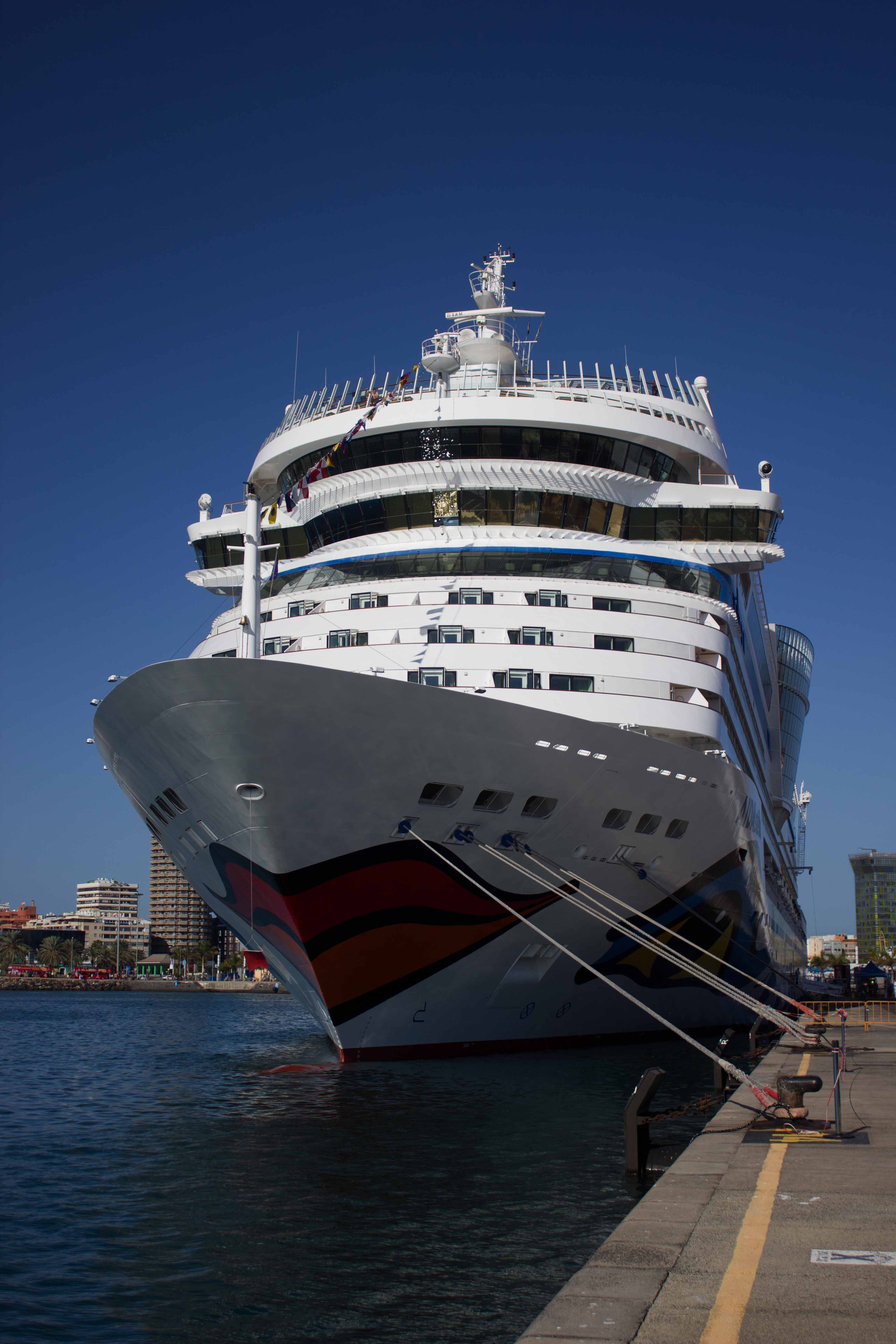It is this time of the year. Both, my wife Nicole and I put in long hours throughout last year, and yes, the pre-Christmas-time was not exactly a vacation, too …
So, we were looking forward to some downtime and a family cruise with the line that prides itself as being “the home of the smile”.
But, hey, if you are in the customer experience business – you never really have full downtime. At the end of the day it is also impossible to not reflect your own experience.
Hence, we also could not avoid to realise how simple things can turn something amazing into something mediocre – or even plain disappointing.
The cruise industry is a highly competitive industry, too, with more and more customers having more and more choice. Cruise Market Watch predicts more than 27.6 million cruise customers in 2020. Ships are getting bigger and more comfortable – and the fleets are growing, too, with 25 more cruise ships being expected to enter service in 2020.
At the same time, customer expectations are rising fast. And this does not only apply to the digital world, but also to the physical one.
And a cruise is all about the customers’ experience, and nothing else.
This is what they are selling with slogans like ‘premium all-inclusive’ (TUI Cruises). “After all, the best holiday feeling is: not being in the need to think of anything, but to be able to. Not needing to pay for it, but being able to try anything. Not needing to relinquish anything but being able to enjoy everything.” (original in German, translation by me)
AIDA cruises states on its homepage that “Every cruise is a special occasion: During an AIDA cruise you experience a fantastic vacation, explore the best destinations worldwide and can get yourself regaled. In a relaxed atmosphere and with a great choice of activities you can fashion your vacation to your liking and live your love of adventure.” (original in German, translation by me)
Carnival cruise’s mission is to “deliver joyful vacation experiences and breakthrough shareholder returns by exceeding guest expectations and leveraging our industry-leading scale.” Carnival also in 2017 started to connect the digital and physical worlds with their Ocean Medallion (here my take on it).
I could go on and on with the promises of the various operators, but you get the picture.
Expectations are high, competition is cut throat, and promises are bold
This is the archetype of an environment where companies need to excel on experience to sustainably succeed. So, delivery to promise matters!
This is also what Patrick Stokes, EVP Platform and Services at Salesforce has in mind when he says that “In 2020, companies will be competing on the experience they deliver to customers – not just their products, but making the entire customer relationship, from lead to purchase and beyond, as simple, personalized, and human as possible”. Although he comes more from a 360 degree view angle than I want to pursue here.
And no: Consistently exceeding customer expectations is not it – unless you want to initiate and sustain a vicious circle of rising expectations.
But what about delivery to promise on a cruise ship?
Cruise operators, as every other business need to operate with the three tiered pyramid of customer expectations. Customer needs from basic to higher order need to be met.
There is no point in concentrating on the higher order needs if the basic ones are not met. Customer experience is about consistently fulfilling the customers’ needs and then using the chance to create little ‘wow‘ moments. The customers’ needs are you being available THEIR way and you reliably and accurately providing them with accurate and reliable information, then with what they really want.
There is no chance of impressing/wowing customers at this level. Failing here, however, creates negative experiences. Think: ‚Your call is important to us – however, due to exceedingly high call volumes …‘, or different company representatives giving different answers to the same question, or the cabin not being available or the key not working for its door, or unfriendly personnel. The options to fail are manifold.
 From a cruise passenger customer journey point of view we are looking at four main phases of their vacation:
From a cruise passenger customer journey point of view we are looking at four main phases of their vacation:
- Booking
- Check in
- On board
- Check out
Of these the on board phase is the longest one by far, while the other ones being the easiest to deliver on customer expectations.
But then they are also the ones that are at the bottom of the customer experience pyramid. They are simply table stakes.
Still, a smooth onboarding process sets the scene for the stay on board.
If this process does not work, customers are annoyed right from the outset. A poor check out experience might prevent them from becoming repeat customers – although the memory might have faded until the next booking – or superseded by a more recent poor travel experience that is caused by airways or rail transportation.
So, the stay is what matters. Here, again we have table stakes like a clean cabin, friendly and helpful and available service, appropriate food, little fine print, the actual availability of what is written in the prospects, to name but a few.
Naturally, some of the offerings that one reads in the catalogue are additions to the base fare. Ease of booking additional services is an example for the second stage. A little treat for the kids when they least expect it, would go for stage three.
The Experience
Overall one can say that Aida cruises has optimized its processes. Booking (well, we had a little help of a travel agent, too) was smooth, check in fine, the cabins as expected, switching people of our group of 7 between cabins worked fine, too (This is a security topic; on a cruise ship it must be known in emergency situations people out of which cabin are already made it to the evacuation points). Associating the right credit cards to the right cabins and people: ‘Of course, sir’.
Only that it did not work. Checks were pretty consistently booked against the wrong card, which after the first incident leads to a drastic loss of trust – so we did it four times.
And found mistakes four times.
Of course, this also has an impact on the checkout process, where you feel the need to check the invoice in detail instead of just rushing through. After all you have a plane to catch…
Food was OK, especially considering that there are nearly 2,500 people, guests and staff, who want to eat several times a day. Adding a beverage package went fine, too. OK, add a small chuckle when we were presented with an additional card for the beverage package; kind of really –a second card? But hey, clip it to your lanyard and go on. And no, it is not possible to have several beverage cards run against one room card. 5 people? Please give me your five room cards for swiping.
Still, remember Murphy’s law: If it is possible to pull the wrong card … you will pull the wrong card.
Of course it happened; more than once. And by the way, these mistakes cannot be corrected on the spot. So here you go to the reception desk.
Even more annoying is the fine print to the packages. It doesn’t work everywhere. Get your coke here, but not there. The difference: Here it comes in a bottle, there it gets served out of a dispenser. So, it is about the price. Come on! There is an easy fix for this, which doesn’t cost a thing. It is hard to consistently drink up to the price of the beverage package. Believe me, I tried.
Luckily there are some forward thinking waitresses who just say ‘I’ll bring you one from the restaurant next door’ – which almost fixes the original blunder.
Sitting in the Aida bar ordering a drink – you need to be patient thereafter, even if it is not crowded. The reason: Lack of staff.
Still, most staff smile at you all the time – which must be hard for them, given their work times and work conditions.
Remember, this is the ‘meets needs’ level of the house, with a little detour into the ‘it’s easy’ side of the house.
And important expectations weren’t met already on this level.
I said it was easy to change the cabins. We opted for having 2 kids in one. They caught a fever so I asked for getting an additional card for their cabin to be able to check on them without waking them in case they are asleep. Impossible: ‘Sir, there are only two people in that cabin, so I can give only two cards’. Matter of fact. Just like that. Experience? Customer orientation?
Getting the verbal equivalent of a slap on the fingers for pulling the daily schedule (which is there for the guests) from the staff side of the counter pales in comparison. I have seen that happen multiple times. Guess what! There is an easy fix for that. Just put it on top of the counter.
Build your processes from the customers’ point of view
One might say that most of the observations above are about little things.
Some of them admittedly are.
But then these little things add up. And some others are not so little. And then the list might go on.
The real point is that companies more and more compete on experiences, not on products or services. This is especially true for cruise operators which happen to deal in experiences.
So, what went wrong?
Critical processes are not created wearing the customer lens but rather towards answering the question: How can I do this or that? This is inside-out thinking as opposed to the necessary outside-in thinking. The result are processes that work, but that are optimized for the company, and not for the customer.
Hence they cannot deliver an engagement process that can result in the best possible experience, or only exceed customer expectations. And, belonging to Carnival Cruises, this is part of Aida’s mission.
How can this be fixed?
Surely not via consistently exceeding customer expectations.
Instead go for excellence at the meet needs level of the pyramid of customer expectations, being good at making things for customers achievable with minimum (customer) effort, while showing appreciation through the smart creation of the occasional wow moment.
In summary:
- Make it effective
Design your processes with the customer, not with internal or operational priorities, in mind. Look through the lens of the customer while designing them. This means building your processes so that customers do get the specific relevant offers through the right channel at the right time, or the answers they want. Make sure customers get products that they want, which includes the avoidance of much fine print. What do you think of a waitress being in the need to say to a kid with a beverage package that asks for a soft drink: ‘Sorry I need to charge you here but if you go to the board restaurant next door you will get it for free’. - Make it efficient
Pay attention to details. Being available, meticulous and accurate is the foundation of creating consistent experiences. This includes making sure that customer expectations are met across channels. This doesn’t mean serving all channels, but the ones that are important to your customers – and that lie within the limits of your budgets … as frictionless as possible. Make it simple for the customer! - Make it enjoyable
Think of and create little ‘Wow Moments‘ that convey human appreciation to the guest. These moments add up to a lasting great experience. They are also easier to achieve than big experiences.

